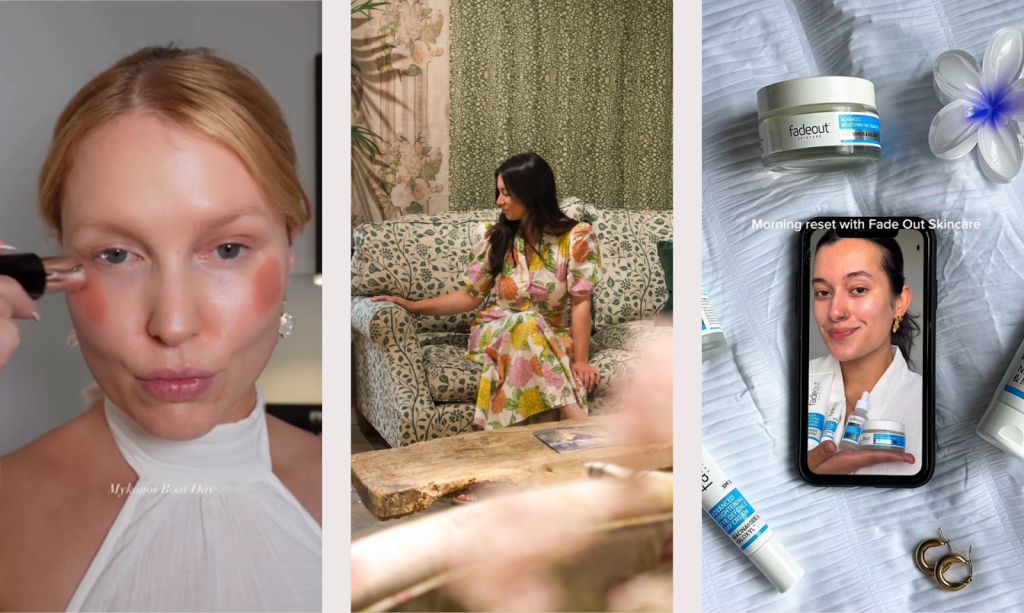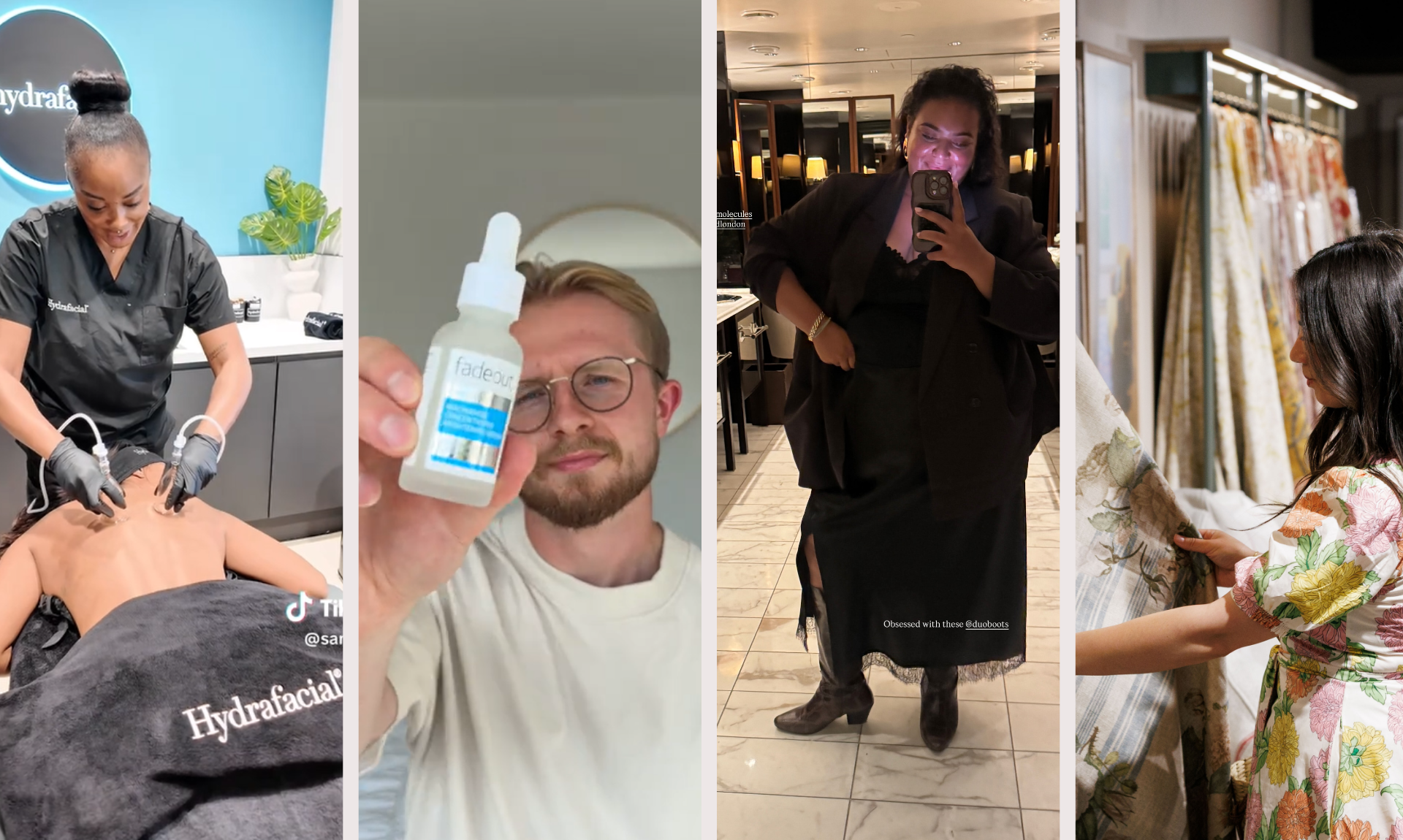Culture doesn’t just shape what we buy; it shapes why we buy.
Consumer behaviour in today’s beauty and lifestyle landscape is more about identity, values, and purpose than it is about price tags or packaging. A lipstick is a statement, not just a colour. A skincare regimen is a ritual, a means of self-expression, and a sense of community that goes beyond results.
At Fox, we operate at the intersection of culture and commerce. We watch subcultures rise, creators spark global trends, and consumers demand more: more authenticity, more relatability, and more relevance. It is now necessary, not discretionary, to comprehend the cultural context of every customer choice.
Culture as the New Currency
Once, consumers followed brands. Today, brands follow culture. Relevance, desirability, and what eventually sells are determined by culture. Purchase decisions are influenced by meaning, community, and emotional connection rather than just aspiration, as shown in everything from viral TikTok aesthetics to grassroots wellness and home movements.
Influence is no longer about reach; it’s about resonance. Brands that misinterpret cultural cues run the risk of alienating customers and damaging their brand. Successful ones reflect the lived realities of the populations they serve, flex across aesthetics, and engage authentically.

Micro-Communities & Subcultural Influence
Mass appeal is passé. Today, beauty and lifestyle are defined by micro-communities: passionate, hyper-engaged pockets of consumers who create trends, set standards, and drive organic demand. These communities are present both online and offline, and they frequently have a greater impact than conventional marketing.
When brands communicate with these groups in a genuine, empathetic, and culturally fluent manner, they prosper. Reaching the right people in the right way is the aim, not reaching everyone.
The Behaviour Behind the Buy
Buying is self-expression. A fragrance, a serum, or even a sofa isn’t just a product; it signals identity, values, and belonging. Consumers make purchasing decisions that reflect their ethics, inclusivity, sustainability, and representation.
The modern consumer has a sharp radar for inauthenticity. Overhyped launches, performative “clean beauty” claims, and disconnected influencer campaigns no longer resonate. Social proof, honest storytelling, and relatability are now essential. Purpose-driven buying has entered the mainstream. “I like how it looks” is no longer enough; brands must answer, “What do we stand for?”

Fox Clients in Action
Fade Out Skincare: Engaging micro-communities on TikTok and Instagram, the brand turns skincare into a lifestyle moment, blending self-care with cultural relevance.
Hydrafacial: Clinic-led storytelling educates and builds trust, demonstrating real results while connecting with communities that value transparency and authenticity.
Sofas & Stuff: By highlighting aesthetic-first, lived-in homes through influencer collaborations, the brand taps into lifestyle micro-communities, turning furniture into a form of self-expression.
DuoBoots: By championing authentic voices and celebrating real women’s stories, the brand fosters a dialogue that transcends product and cultivates a community grounded in confidence and inclusivity.
The takeaway
Culture is no longer a backdrop; it’s the blueprint. Brands that thrive don’t chase trends; they listen, learn, and contribute. They show up with intention, collaborate meaningfully, and reflect the values of the communities they serve. In 2025, relevance is built through emotional resonance, cultural awareness, and long-term trust, not virality alone.
